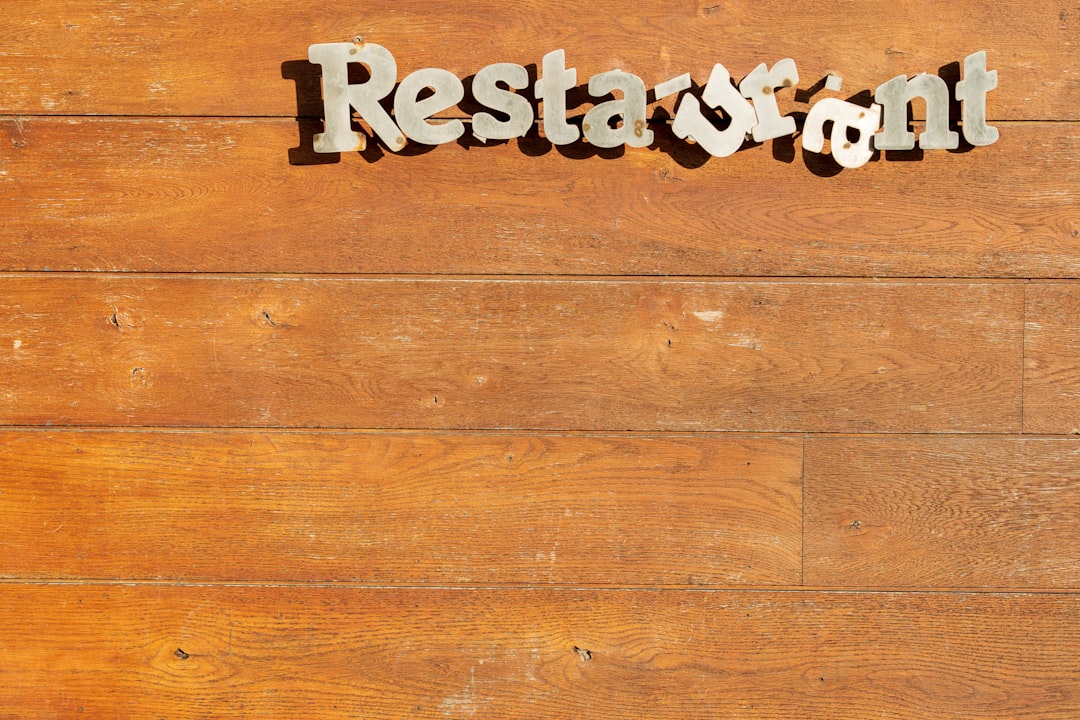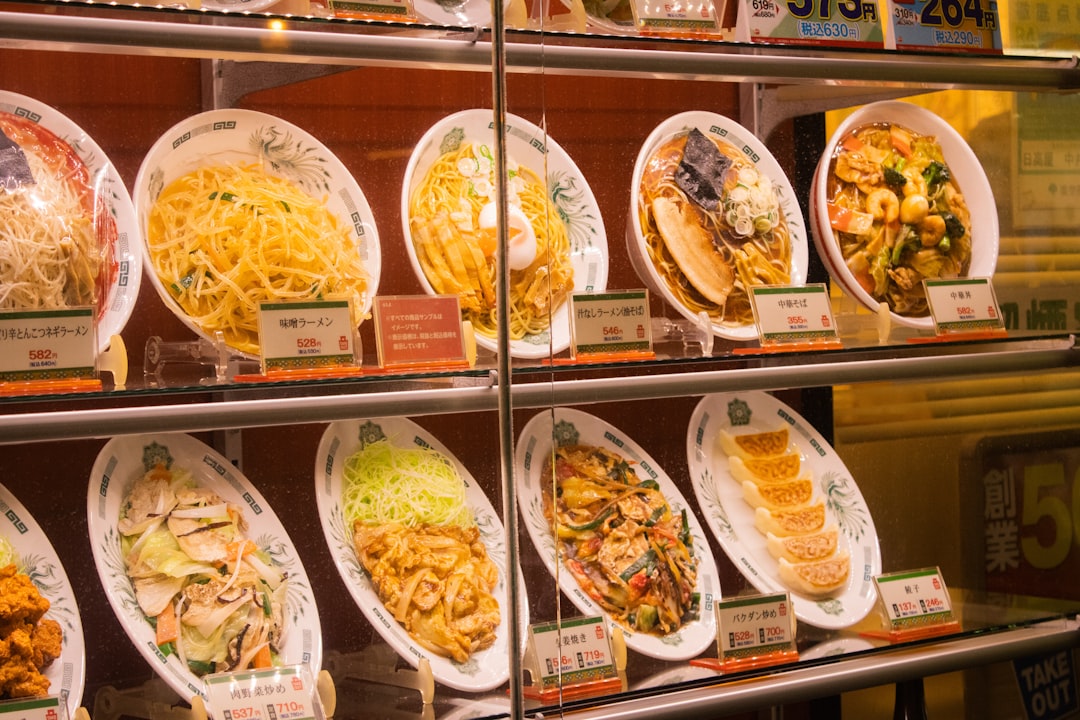Struggling to fill tables? Digital marketing isn't the only answer. Sometimes, the most effective restaurant promotions happen in the real world, where people can see, touch, and taste your brand experience.
In an era dominated by social media and online advertising, traditional marketing channels offer a refreshing way to connect with local customers. Offline marketing creates tangible touchpoints that digital campaigns simply can't replicate—the physical menu in someone's hands, the community event that brings neighbors together, or the local partnership that introduces new customers to your establishment.
The tactile nature of offline marketing creates memorable impressions. When someone receives a beautifully designed flyer or experiences your restaurant's booth at a local festival, they form emotional connections that often translate into customer loyalty.
Don't just scatter flyers randomly. Target neighborhoods within your delivery radius with eye-catching materials featuring:
Place flyers in residential mailboxes, on community bulletin boards, and at nearby offices during lunch hours for maximum impact. According to restaurant marketing experts, flyering in nearby neighborhoods ensures reach in delivery zones and remains one of the most cost-effective traditional marketing methods.
Consider timing your flyer campaigns strategically—distributing lunch special flyers to office buildings mid-morning can capture hungry professionals right before they decide what to eat.
Form strategic alliances with complementary businesses in your area:
These partnerships create win-win situations where both businesses benefit from shared customer bases. For example, a partnership with a local theater might involve offering ticket stubs for 15% off appetizers, driving post-show traffic to your restaurant.
Become a fixture at local events by:
Restaurants participating in food festivals gain exposure to large audiences, allowing them to build brand awareness while connecting directly with potential customers.
One restaurant in Chicago increased their weekend reservations by 30% after becoming a regular vendor at a monthly artisan market, where they handed out samples of their signature appetizers along with discount cards.
Transform slow nights into busy ones with special events:
A karaoke night or comedy show creates a unique atmosphere that differentiates your establishment from competitors while giving customers a reason to visit beyond just the food.
Consider a Tuesday "Industry Night" offering discounts to service workers—this not only fills tables on traditionally slow evenings but also builds goodwill with fellow hospitality professionals who often recommend restaurants to their own customers.
Your tables offer prime marketing real estate:
These promotions reach customers when they're already engaged with your brand and more likely to consider future visits. One pizzeria increased dessert sales by 25% simply by adding attractive dessert menu cards to their tables, complete with mouthwatering photos.
Create urgency with time-sensitive deals:
Marketing experts recommend tying offers to holidays (e.g., Saint Patrick's Day beer specials) to capitalize on existing consumer interest. The psychological principle of scarcity works wonders—when customers know an offer won't last forever, they're more motivated to act quickly.
Your restaurant's exterior is a 24/7 marketing opportunity:
Effective window displays can convert foot traffic into customers by showcasing what makes your restaurant special. A well-placed sidewalk sign with a clever message ("The only thing we overlook is the beach") can stop pedestrians in their tracks and entice them inside.

While mass media can be expensive, targeted print ads still work:
Choose publications your target audience actually reads, and negotiate package deals for repeated exposure. A seafood restaurant in Maine found success with quarter-page ads in a regional tourism guide, focusing on their harbor view and fresh-caught specialties—imagery that resonated perfectly with vacation-minded readers.
Turn customers into walking advertisements:
Quality merchandise extends your brand beyond the dining experience and keeps your restaurant top-of-mind. One barbecue joint created a signature spice rub sold in attractive jars—not only generating additional revenue but ensuring customers thought of the restaurant every time they cooked at home.

Traditional PR still drives customers:
Inviting food bloggers to review your restaurant can amplify word-of-mouth marketing and reach audiences who trust these tastemakers. A neighborhood bistro in Portland saw reservations double after hosting a "critics' dinner" that resulted in a glowing write-up in the city's weekly newspaper.
Unlike digital campaigns with instant analytics, offline marketing requires different tracking methods:
Consider implementing a simple system where servers ask first-time guests how they discovered your restaurant. This invaluable data helps you determine which marketing efforts are yielding the best returns.
Effective marketing shouldn't disrupt your restaurant's operations. Consider:
Streamlining your operations with an integrated management system helps ensure you can deliver on marketing promises without sacrificing the customer experience. Even the most brilliant marketing campaign can backfire if your restaurant can't maintain quality and service standards during the resulting rush.
While this guide focuses on offline tactics, the most successful restaurants integrate traditional and digital approaches:
An integrated approach ensures your marketing efforts work together seamlessly. For instance, a sidewalk chalkboard featuring your daily special might include a hashtag encouraging diners to share photos, creating digital buzz from an analog touchpoint.
Offline marketing offers authentic ways to connect with your community and build lasting customer relationships. By implementing these strategies, you'll create meaningful touchpoints that digital marketing alone can't achieve.
Remember that consistency is key—whether through recurring events, ongoing promotions, or regular community involvement. Start with one or two strategies that align with your restaurant's personality and budget, then expand as you see results.
What offline marketing tactic will you try first?
